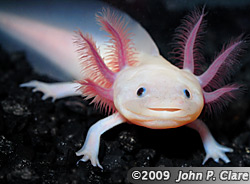You absolutely can and should control how your beer carbonates and conditions in my opinion. If your beer is taking months to carbonate, something is not right. I think we have all had that situation occasionally, but it is an indication that something is not right. It is not a case of you somehow have lazy yeast.
The two main factors that will control the carbonation and subsequent bottle conditioning are yeast health, and live yeast count.
The health will be dependent on many factors. A few of the major factors in yeast health will be, initial pitch count, oxygen level of the beer available to the yeast at the start of fermentation, pitching temperature, temperature differential between your yeast and the wort at pitching, fermentation temperature, and alcohol content of the beer. I would go through a mental checklist of those items first. If something is typically amis, I would correct that first and see if it helps.
Yeast quantity in solution will also affect the carbonation quality and time. The cake at the bottom of the fermenter has no (significant) affect on the beer. There are yeast alive in suspension for quite a while, and those are the buggers that will be doing most of the work.
It sounds like you leave your beer for a long time int he fermenter. Is this because you just don't get to it? Or are you taking that time intentionally? If so, why? I lager regularly, but I have always kegged those beers after a significant time of aging because the yeast will mostly have gone dormant and dropped out of solution. If I were bottling a beer that had been sitting around aging for 2 months, I would absolutely cold crash, then dose with fresh yeast for bottling.
Yes, unhealthy yeast at low numbers will eventually carbonate your beer, but why would you wan that? In that situation the yeast is in the worst possible situation which rarely leads to a higher quality end product. Instead give your beer a better chance. Yeast flavor effects are minimal at this stage, buy a pack of notty or other dry yeast, and use that at bottling time.
There is no need for any standard beer to take more than 2 weeks to bottle condition. Various beers may improve with aging, but many don't (your DIPA for example). You should be drinking that thing fresh and vibrant at around 2 weeks.
Examine you fermentation schedule for areas where yeast health could be negatively affected, then think about redosing if you are intentionally aging for a long period.





